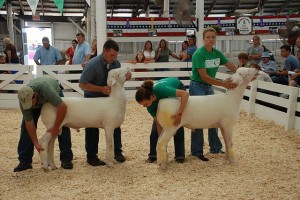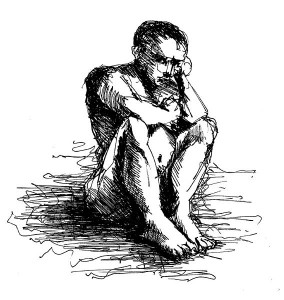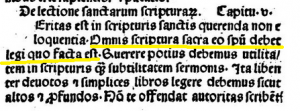Dumping is a big problem—and not just Joe Schmo junking an old water heater in the ditch by the side of the road. Dumping is a practice that some international firms engage in to destroy competition. Say, you have a widget company in Peru that makes the SuperWidget3000, which retails for $400. Then a big Korean company comes in to Peru with a product that does basically the same thing as the SuperWidget3000, but they sell it for $20. They import gazillions of their clone product, undercut you on price by 95% and, of course, drive you out of business. Then after your company is dead and gone, the Korean company can jack the price up to $600, making more money per item than you ever did, but you’re not around anymore to cause any headaches for them. It’s an effective, but ruthless, practice. Now there are many laws and international agreements to prevent dumping.
The same kind of phenomenon can happen when big-hearted, rich countries decide to send “free” food to a third-world country to alleviate hunger. The main problem with this practice is that it destroys the agrarian economy in the country it is seeking to aid. Most third world places look more like the United States did 100 years ago, where the vast majority of people make their living farming. If you swoop in with free food, you might temporarily alleviate some folks, but you ruin their economic interaction with one another. After their farms and ranches fail, being undercut by Big Free Food from Mr. Nice Guy, what will happen? Food prices can skyrocket and no one has a good working farm to supply the need, or the people can become dependent on Big Free. It’s the same as a big company “dumping” their cheap product to drive somebody out of business, albeit without the malicious intent.
So what about the Internet?
To me, the Internet has become a “dumping” ground for the good hearted. It must stem from the same impulse that leads to dumping free food in a poor country. What exactly do I mean? Well, the most obvious examples are in the public domain arena, where kind-hearted people have uploaded billions of pages of public domain information for all our eyeballs to consume—Google Books, Archive.org, Hathi Trust Digital Library. There are also free, public domain, audiobooks at Librivox.org and free art in the Wikimedia Commons. There is free music and free video at YouTube. The Internet is full of free everything. Don’t get me wrong, I enjoy and use this content just as much (if not more) as the next guy.
But…I worry. I worry that writers, editors, artists, voice actors, and other people involved in producing this kind of content are losing their jobs left and right. Publishers and bookstores are closing, consolidating, and filing for bankruptcy (Harcourt, Cengage, Borders, etc.). Amazon is underpricing the ebook and book market. People who used to be able to make a living producing books, music, and other media for us to enjoy are finding themselves undercut by Big Free. Right now is the good part of the cycle, where the Consumer gets to enjoy cheap and free with no consequences. But what happens when Google decides that after 10 years of losing money, YouTube is no longer worth it and they just shut it down, erasing millions upon millions of videos? What happens, when the Internet Archive folds for financial reasons, but your local library has jettisoned all of its old, public domain books, in favor of new computer consoles where anybody can access that information for free? What about when Google decides to charge a monthly fee for access to Google Books?
I like a dynamic market. I like change. But I am concerned that the Internet has become a dumping ground, in the bad sense. The world of Big Free might not be free after all. Centralization of information means that information can be controlled, manipulated, or even deleted, permanently. The decentralized care of information, in thousands of libraries, homes, schools, bookstores, seems a better path to me, one not so easily destroyed by the decision of an executive or the economic pressures of the day. Perhaps there is a way to decentralize the Internet and its world of Free. Maybe that’s how all of our out-of-work writers and editors could find their way. It’s a thought.




